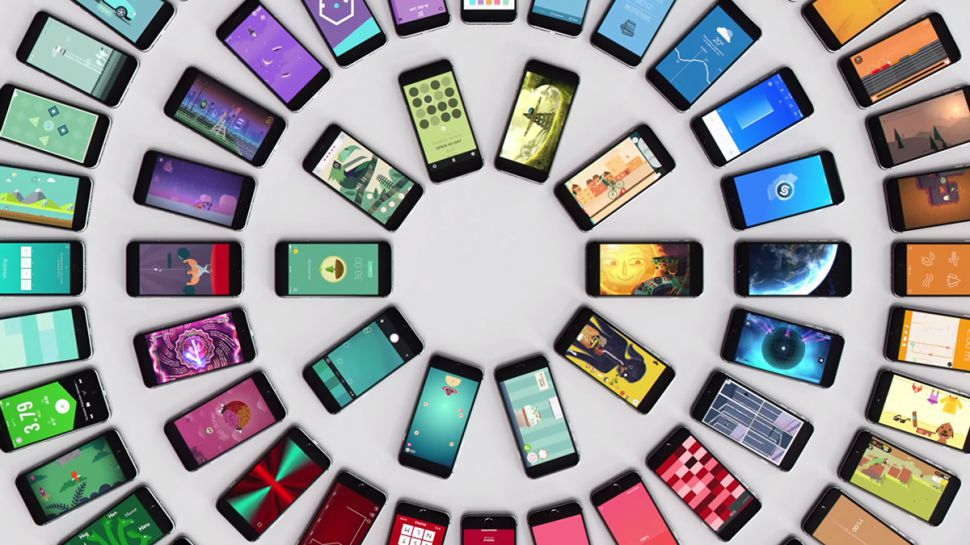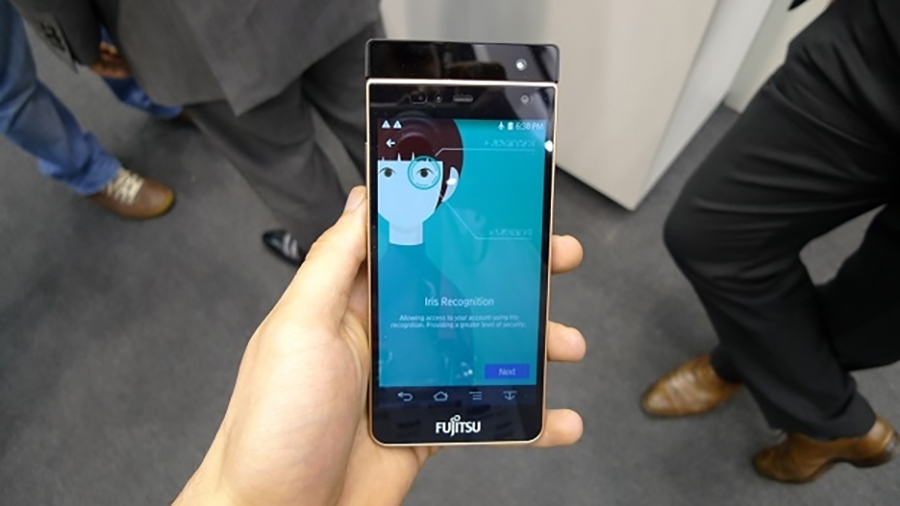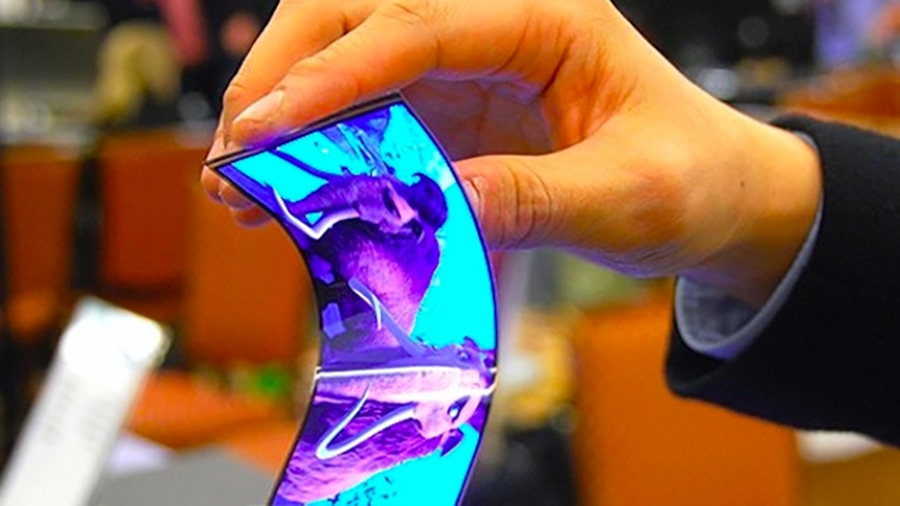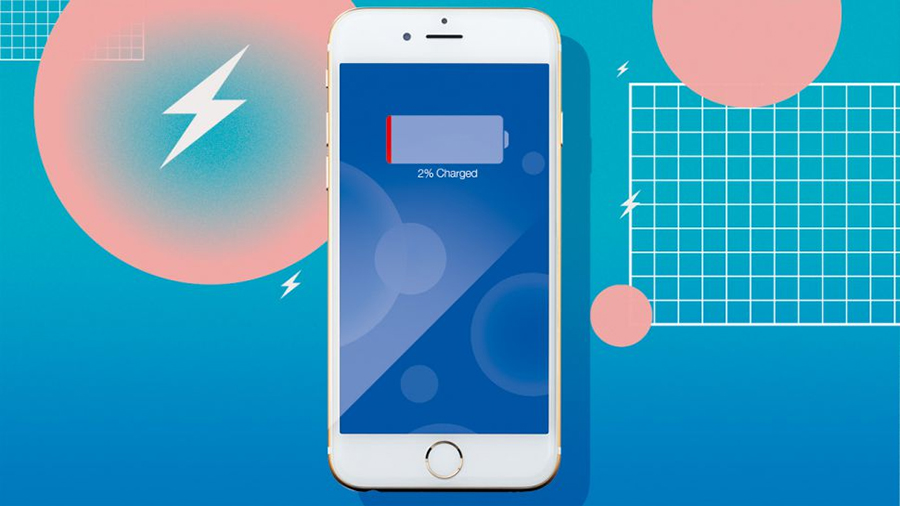5 smartphone innovations we want to see by 2020
What will the next five years bring?


Five years is a long time in technology, and by the time 2020 rolls around the smartphones we're all using may look and feel substantially different - in fact, the smartphone itself might be on the way out, usurped by some kind of miniature wearable technology.
Five years ago we were in awe of the iPhone 4 and the Nexus S, so what innovations can we expect in another half a decade? We put our heads together to come up with a list of five innovations we want to see by the year 2020: mobile phone manufacturers, it's over to you.
1. Advanced sensors

The smartphones of 2015 can be unlocked with fingerprints, and iris scanners are just around the corner - but there's much more to come here. Future mobiles could recognise you by the tone of your voice, the pattern of your typing or even the way you walk, banishing the need for patterns and PINs for good: in 2020 it should be pretty much impossible for anyone else to use your phone.
We'd like to see more sensors and more monitoring included too (provided the data remains private and well protected of course): imagine a smartphone that knows how you're feeling or can spot the signs of a bad cold ahead of time for example, or one that can recommend a healthy and well-balanced evening meal based on what it's already seen you eating during the course of the day. There's a lot of potential.
2. Intelligent home screens

Our phones are already being personalised by Google Now, Siri and Cortana, and as this software technology develops it gives mobile makers the opportunity to move beyond the staid rows of icons that make up the home screens of today. In 2020, home screens should be built around advanced artificial intelligence, surfacing the apps and even the screens within those apps that we're most likely to want to use.
This isn't too far away from the digital assistant apps of today, but you can expect to see them get much more advanced and intuitive (thanks partly to the more advanced sensors we mentioned earlier). You can extend this idea to everything from music to apps, with our phones recommending new stuff much more fluidly and accurately than they do today. Everyone's home screen should end up looking completely different.
3. Collapsible electronics

It feels like we've been waiting for flexible screens to become a reality for a long time now, with the curved edges of Samsung's latest flagships the closest we've got to seeing bendable electronics on the mainstream market. By 2020 we hope that phones will be able to be folded, bent, scrunched and shrunk in all kinds of ways, adapting to the needs of users no matter what they happen to be doing at the time.
Get all the latest news, reviews, deals and buying guides on gorgeous tech, home and active products from the T3 experts
It's perhaps a little ambitious to expect the manufacturers of the world to reach this target in the next five years, but it seems likely that the smartphones of the not-too-distant future will be able to morph between different form factors and sizes on demand: a widescreen tablet for watching movies, a standard smartphone size for taking photos and a small Google Glass-like headset for making calls, perhaps.
4. No more dead batteries

Battery life is still a problem for many smartphone owners in 2015, and if we're to do away with this issue once and for all then several different technologies are going to have to improve. First and foremost, of course, there's better batteries: packs that last longer, recharge more quickly and can survive more cycles before degrading (as well as phone components that draw less power to begin with).
Then there's wireless charging, working whenever we put our phones down (and even perhaps when we don't) - once this technology becomes ubiquitous in coffee shops, offices and gyms, your phone can get topped up throughout the day without you having to think about it. Hopefully, by the time we're celebrating 1 January 2020, high-speed data connections will be ubiquitous as well as invisible charging technologies.
5. Brave new worlds

Virtual reality is arriving in a big way in 2016 - but as excited as we are about the hardware that's arriving over the next 12 months, it's still rather bulky and rather expensive. Is it too much to expect that virtual and augmented realities will be available as standard in the new smartphones that hit the market in 2020? We'd also welcome built-in projectors and holographic capabilities at the same time, too.
The Gear VR (the cheap VR headset powered by one of a handful of Samsung phones) has given us a glimpse of what's possible when smartphones are combined with virtual reality: in the years to come we hope to see hardware that's less clunky, apps that are more immersive, and experiences in VR, AR and holographics that require very little hardware besides your trusty smartphone.
Dave has over 20 years' experience in the tech journalism industry, covering hardware and software across mobile, computing, smart home, home entertainment, wearables, gaming and the web – you can find his writing online, in print, and even in the occasional scientific paper, across major tech titles like T3, TechRadar, Gizmodo and Wired. Outside of work, he enjoys long walks in the countryside, skiing down mountains, watching football matches (as long as his team is winning) and keeping up with the latest movies.
